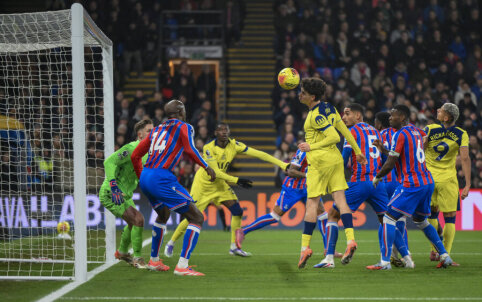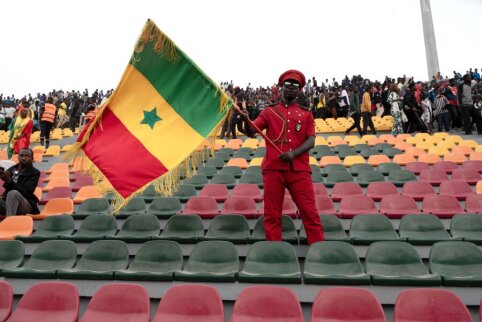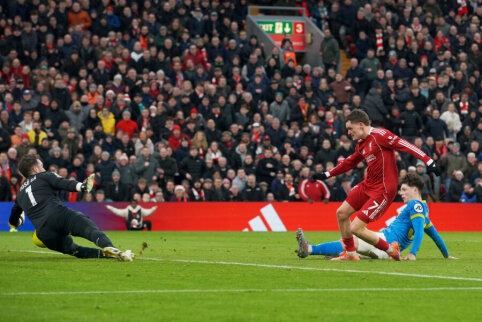 © EuroFootball.com
© EuroFootball.com
After a long break in the section "Tribune" - an article from a series of articles about historical World Cup stadiums. In the seventh part, a website visitor named JC Denton presents an article about the Santiago National Stadium in the capital of Chile, where the final of the 1962 World Cup took place.
1962. Chile. Gates of Hell and Houses of Hope.
Prehistory
As far back as 1918, Chilean philanthropist J.D.Canas donated a 64-hectare plot of land to the city of Santiago to create a sports and entertainment park. Since at that time the country's economy was not strong, the complex grew slowly. Eventually, in 1936, construction of its most important accent - the National Stadium of Chile - began. Although Chileans mention the architectural part specialists of the stadium - Anibal Fuenzalida, Roberto Cormatches and Ricardo Muller, it should be noted that these individuals only designed auxiliary stadium structures and local infrastructure. The stadium's project itself was illegally "borrowed" from the Germans.
In 1937, Austrian K.Bruner, having left the fascist state, brought the drawings of the Berlin Olympic Stadium to Chile. Thus, Santiago got a second-rate German stadium. However, the Chileans least bothered by this, as the acquired project helped save a considerable amount of money. Most importantly - it allowed hope for a successful construction process, as the Berlin stadium had been successfully completed and put into use according to this project. The war soon pushed this "dirty" history under much more serious events, and after it ended, no one raised the issue of the legality of the construction of the Santiago stadium...
Stadium history
Between the wars, the stadium shone as a humanitarian institution. It temporarily housed thousands of European refugees fleeing fascism and communism.
After World War II, Chilean football quickly recovered. Until the 1950s, the country did not belong to the FIFA association and, along with Colombia and Peru, successfully "poached" football players in the market, enticing them with favorable contracts from the more prominent representatives of Argentina and Brazil.
This, though short-lived, exodus of football talents gave a strong boost to Chilean football. By the 1960s, Chile had intruded into the elite of South American football. In 1956, the Copa America final between Chile and Argentina was held in Santiago...























